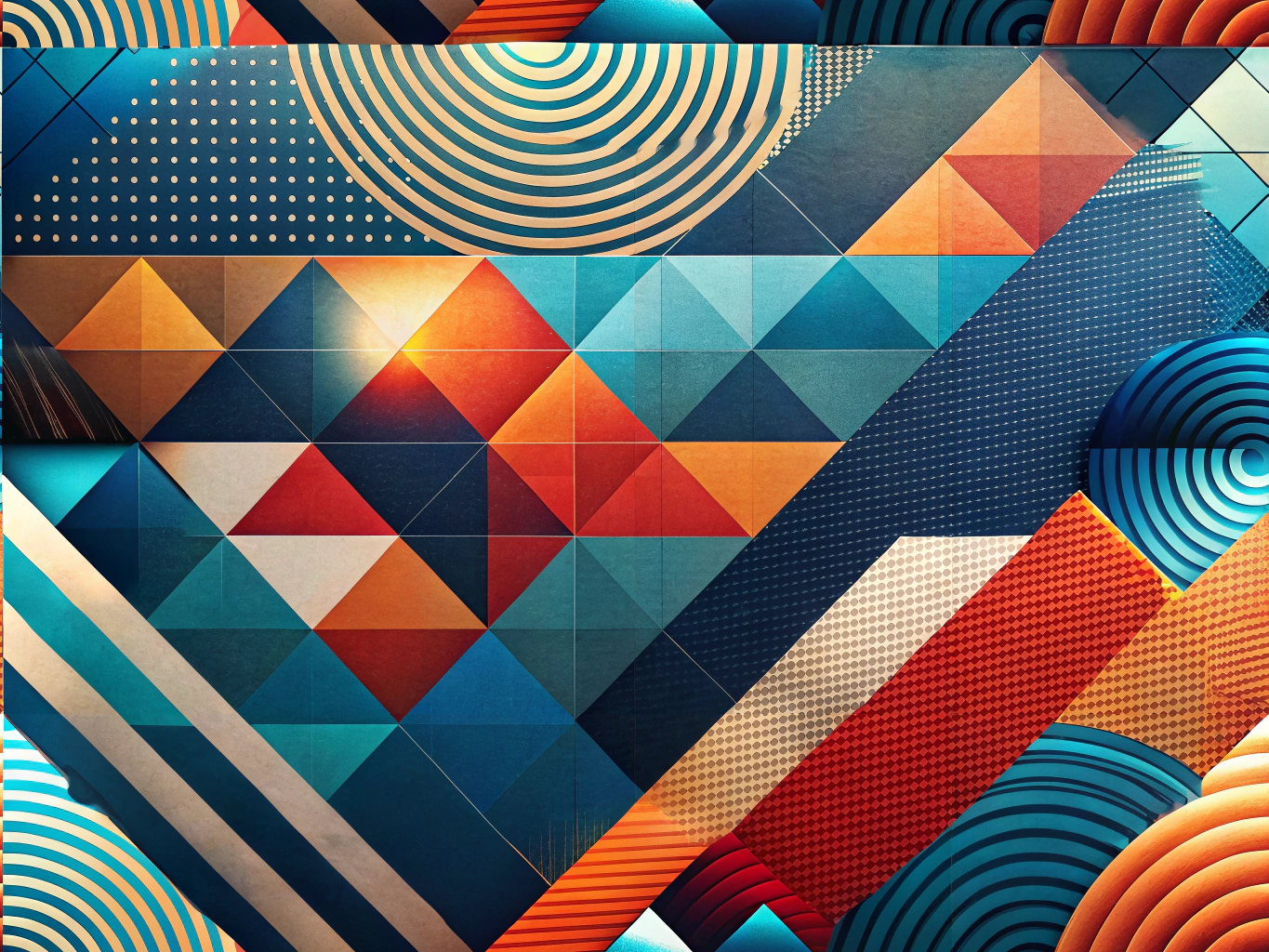The Art of Choosing Graphics: Vector vs. Raster in Print Design
Have you ever flipped through a magazine or admired a billboard and wondered why some images pop with clarity while others seem a bit fuzzy? The secret often lies in the type of graphic used. In the world of print design, the choice between vector and raster graphics can make all the difference in the final product’s quality. Whether you’re a graphic designer or a marketing professional, understanding these two types of graphics is essential.
Vector Graphics: The Power of Precision
Imagine a world where images can be blown up to the size of a building or shrunk to fit a business card without losing an ounce of clarity. That’s the magic of vector graphics. Composed of mathematical paths, vector graphics are resolution-independent, meaning they can be scaled infinitely without losing quality. This makes them a favorite for logos, illustrations, and outdoor designs where precision is key. Plus, their smaller file sizes make them a breeze to manage and share.
Raster Graphics: The Beauty of Detail
On the flip side, we have raster graphics, which are made up of tiny pixels. Each pixel holds color information, coming together to form a complete image. Raster graphics shine when it comes to handling complex, colorful images, making them perfect for detailed photographs. However, resizing can be tricky—enlarge them too much, and you risk pixelation. But when used at the right resolution, they capture the richness of color and detail like no other.
Vector vs. Raster: A Creative Showdown
When it comes to scalability and quality, vector graphics take the crown. They maintain their sharpness no matter the size, making them ideal for high-definition printing. Raster graphics, while excellent for intricate details and vibrant colors, can lose quality if not used at the correct resolution. In terms of file size, vectors are generally more compact, which is great for storage and sharing. Yet, for capturing the essence of a detailed image, raster graphics are unparalleled.
Choosing the Right Graphic for Your Print Design
So, how do you decide between vector and raster graphics for your print project? It all boils down to your specific needs. For logos, illustrations, and designs that demand scalability, vector graphics are your best bet. They offer clarity and durability, especially in outdoor settings. But if your project involves detailed images or photographs, raster graphics are the way to go. Industry leaders like Screenworks emphasize the importance of using vector graphics for their clarity and impact, while also offering custom solutions that highlight vibrant colors and durable materials.
Riding the Wave of Industry Trends
The print design industry is constantly evolving, with digital signage systems increasingly incorporating both vector and raster graphics. Vector graphics enhance clarity and scalability in interactive displays, making them perfect for digital signage advancements. In the realm of augmented reality (AR), vector graphics contribute to creating clear overlays, enhancing the overall AR experience.
A Creative Conclusion
In the end, both vector and raster graphics have their rightful place in print design. The key is to understand their strengths and choose the right type based on your project’s requirements. Whether you’re crafting a logo, creating a detailed image, or developing an interactive display, the right graphic choice can significantly impact the quality and effectiveness of your print materials. Consider your specific needs and the insights from industry leaders like Screenworks to make informed decisions that elevate your print design projects.

